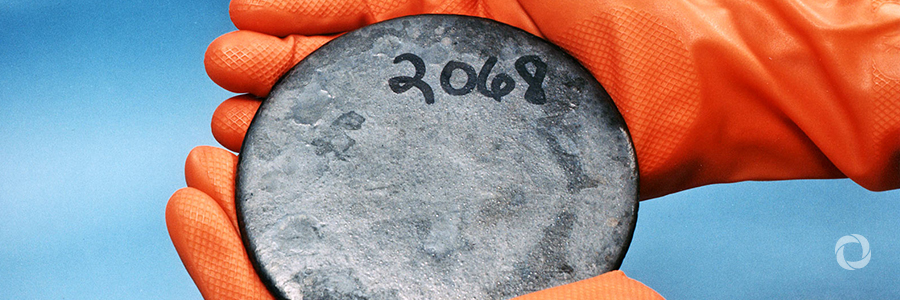The international community has raised additional funds today to support efforts to overcome the legacy of uranium mining in Central Asia.
A pledging event for the Environmental Remediation Account for Central Asia (ERA) at the EBRD Headquarters in London on Thursday was attended by representatives of more than 30 countries and international organizations.
The event was opened by EBRD First Vice President Jurgen Rigterink who emphasised the Bank’s commitment to making its expertise available to protect people from radiation risk.
The European Commission increased its contribution by €10 million. Belgium, Switzerland, the United States and Norway also pledged significant contributions, and Lithuania made a donation. This is sufficient to extend the work of the fund to additional contaminated sites but more will be required to tackle all high priority sites in the region.
The fund was established in 2015 at the initiative of the European Commission and is managed by the EBRD. The ERA has started operating in the Kyrgyz Republic, Tajikistan and Uzbekistan following the signing of framework agreements. Remediation works will start in 2019 at four sites in the Kyrgyz Republic and Uzbekistan.
Central Asia served as an important source of uranium in the former Soviet Union. Uranium was mined for over 50 years and uranium ore was also imported from other countries for processing there. A large amount of radioactively-contaminated material was placed in mining waste dumps and tailing sites. Most of the mines were closed by 1995 but very little remediation was done neither prior to nor after the closure of the mining and milling operations.
The amount of radioactively-contaminated material accumulated in the region is a threat to the environment and to the health of the population. Many of the uranium legacy sites in Central Asia are concentrated along the tributaries of the Syr Darya river which runs through the densely populated Fergana Valley, the agricultural centre of the region which is shared by the Kyrgyz Republic, Tajikistan and Uzbekistan.
The ERA’s goal is to assist these countries to remediate some of the most dangerous sites left by the past uranium production. These seven sites have been identified in a Strategic Master Plan (SMP), jointly developed by key stakeholders. The SMP is publicly available on the website of the International Atomic Energy Agency.
Original source: EBRD
Published on 9 November 2018

